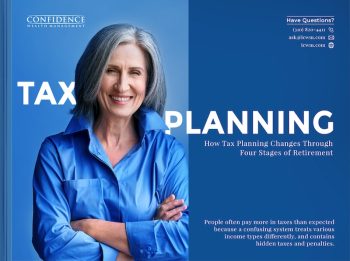Will the participants in your retirement plan have enough when they retire? Do you know the key factors that will affect their retirement income? Are they happy with your plan?
Having a retirement plan without asking these questions is like flying in the dark without radar, but gauging how well a retirement plan is performing can confuse employers and employees alike.
The stakes are high because seemingly small decisions taken now can have huge ramifications in the future.
Here’s how to design a superior retirement plan you can leverage benefits from in years to come.
Focus on Balances
First, look at the investment balances. There are three factors to consider:
- Employee contributions for each pay period
- How the account is invested
- How much time the employee has before they retire
The larger the contributions for each pay period, the larger the amount you should have at retirement – but investment choices are critical.
More aggressive portfolios typically have higher returns, but they also come with wilder volatility. This is why your time horizon matters. Over longer periods, an aggressive portfolio can achieve larger annualized returns, which translates into larger accounts at retirement.
As you near retirement, your time horizon for recouping any losses caused by volatility is reduced, which is when you may consider prioritizing stability over growth. The more time you have, the more time your account has to grow. That said, how much you contribute, including employer matching programs, can make a big difference.
It Can be a Win-Win
Employers benefit from a properly designed plan, just like their employees do.
When matches and profit-sharing contributions are included in an employer-sponsored retirement plan, the employer can reduce its overall payroll costs due to tax credits and tax deductions, plus it can generate greater
employee satisfaction.
Many employers regularly pay their employees bonuses and share some of the profits as a way of acknowledging the employee’s contribution to the bottom line. What is sometimes not considered is that when you pay these via regular payroll, you must pay employer taxes on that, plus the employee must pay taxes on that money as well.
Keep in mind: If you pay out some or all those bonuses and profit-sharing contributions into the plan, not only do the employees see their accounts super-charged with additional employer contributions on a pre-tax basis, but you can also write off the employer match and profit-sharing contributions with proper plan design. You can even sometimes get tax credits, as well.
How you design your plan and communicate the benefits to employees can also dramatically boost their satisfaction. The employer cuts costs, employees have great benefits and feel greater loyalty to the company, and perform for clients and customers better – a true win-win outcome.
Conclusion
As an employer, providing a properly designed plan can benefit you as much as it can also benefit your employees.
If you’re an employer who is considering offering a retirement plan, or if you already have a plan but would like to review and potentially improve it, we can help.
We help employers design and manage retirement plans that meet the needs of their employees while helping you avoid the most common mistakes that may trigger an audit.
more information.










